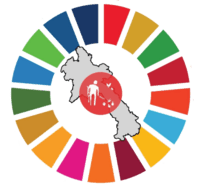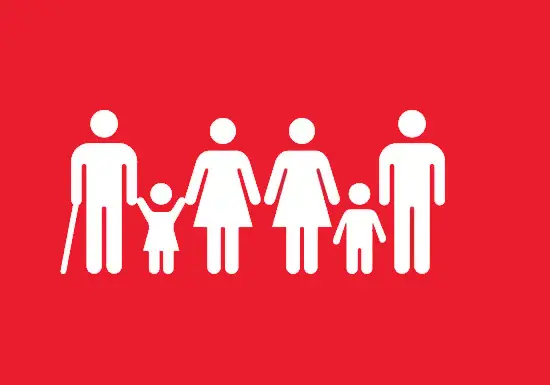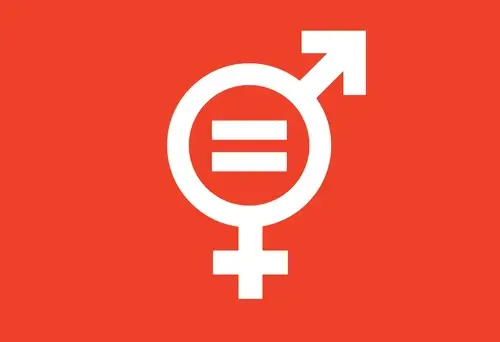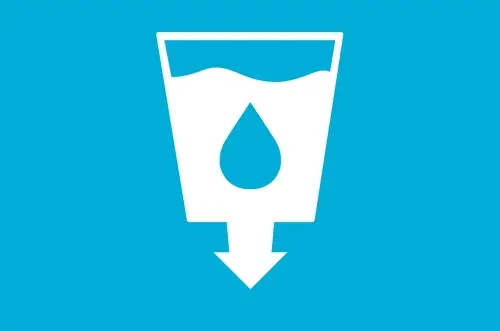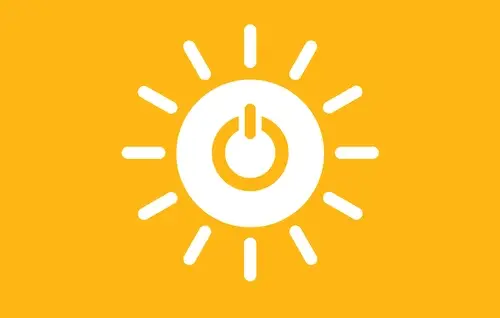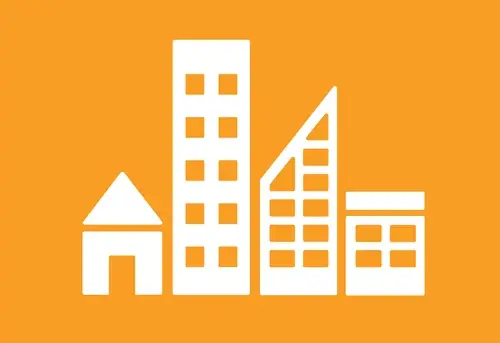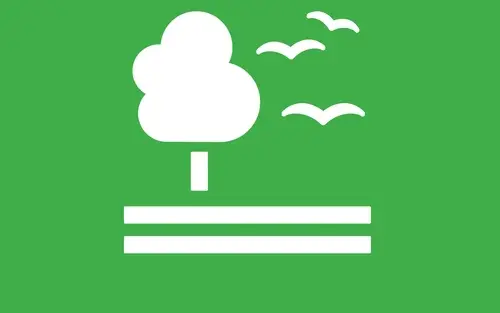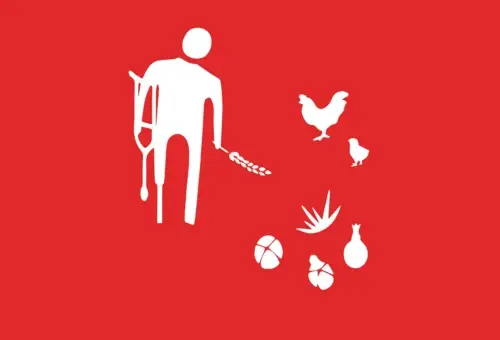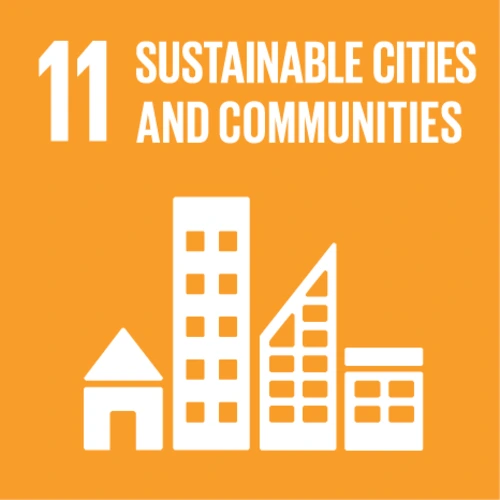
Make cities and human settlements inclusive safe , resilient and sustainable

11.1 By 2030, ensure access for all to adequate, safe, and affordable housing and basic services and upgrade slums.
11.2 By 2030, provide access to safe, affordable, accessible, and sustainable transport systems for all, improving road safety, notably by expanding public transport, with special attention to the needs of those in vulnerable situations, women, children, persons with disabilities, and older persons.
11.3 By 2030, enhance inclusive and sustainable urbanization and capacity for participatory, integrated, and sustainable human settlement planning and management in all countries.
11.4 Strengthen efforts to protect and safeguard the world's cultural and natural heritage.
11.5 By 2030, significantly reduce the number of deaths and the number of people affected and substantially decrease the direct economic losses relative to global gross domestic product caused by disasters, including water-related disasters, with a focus on protecting the poor and people in vulnerable situations.
11.6 By 2030, reduce the adverse per capita environmental impact of cities, including by paying special attention to air quality and municipal and other waste management.
11.b By 2020, substantially increase the number of cities and human settlements adopting and implementing integrated policies and plans towards inclusion, resource efficiency, mitigation, and adaptation to climate change, resilience to disasters, and develop and implement, in line with the Sendai Framework for Disaster Risk Reduction 2015-2030, holistic disaster risk management at all levels.
11.1.1 Proportion of urban population living in inadequate housing.
11.1.2 Proportion of rural population living in inadequate housing.
11.2.1 Number of registered public transportation vehicles disaggregated by:
- Type (e.g., Tuk-Tuk, Four-wheel truck, etc.)
- Province
- Route
11.3.3 Number of provinces with Integrated Spatial Planning (ISP)/development of green and clean guidelines for villages and schools.
11.4.2 Number of national natural, cultural, and historical sites.
11.4.3 Number of natural, cultural, and historical tourist attractions.
11.4.4 Number of UNESCO World Heritage sites.
11.5.2 Direct disaster economic loss in relation to GDP, including disaster damage to critical infrastructure and disruption of basic services.
11.6.1.a Percentage of solid waste regularly collected and with adequate final discharge concerning the total waste generated in Vientiane Capital.
11.6.2 Annual mean concentrations of fine particulate matter (PM10 µg/m³).
11.b.1 Percentage of district governments with local disaster risk reduction strategies in line with the Sendai Framework.
11.b.3 Number and value of projects on climate change adaptation.
11.b.4 Number of provinces with disaster risk reduction strategies and action plans.
